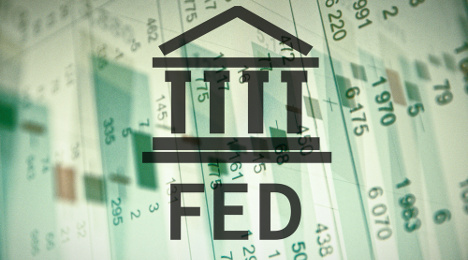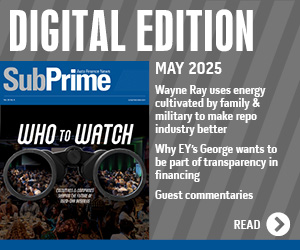Fed passes on another interest rate rise

A month after making its first move with respect to interest rates in almost a decade, the Federal Reserve on Wednesday chose to pass on increasing the federal funds rate any further.
The Federal Open Market Committee (FOMC) decided to maintain the target range for the federal funds rate at 0.25 percent to 0.5 percent based on the stance that monetary policy remains “accommodative” and supporting further improvement in labor market conditions as well as a return to 2 percent inflation.
Officials explained that information received since the FOMC met in December suggests that labor market conditions improved further even as economic growth slowed late last year. They also mentioned household spending and business fixed investment have been increasing at moderate rates in recent months, and the housing sector has improved further.
However, officials acknowledged net exports have been soft, and inventory investment slowed.
“A range of recent labor market indicators, including strong job gains, points to some additional decline in underutilization of labor resources,” the Fed said while making its announcement on Wednesday.
“Inflation has continued to run below the committee's 2 percent longer-run objective, partly reflecting declines in energy prices and in prices of non-energy imports,” officials continued. “Market-based measures of inflation compensation declined further; survey-based measures of longer-term inflation expectations are little changed, on balance, in recent months.”
All 10 members of the FOMC voted to keep rates at the current level. The group meets again on March 15 and 16.
“The committee is closely monitoring global economic and financial developments and is assessing their implications for the labor market and inflation, and for the balance of risks to the outlook,” officials said.
Impact on auto financing
Since the Fed chose not make any further increase federal funds rate on Wednesday, much of the assessment auto industry observers gave about the impact on vehicle financing back in December might still be valid.
Cox Automotive chief economist Tom Webb began a discussion just before the holidays by reiterating how crucial financing is to the vehicle retailing system.
“There is nothing more important to the vitality of the new and used vehicle markets than the availability of retail financing,” Webb said. “Little wonder then that near-record new-vehicle sales and record used-vehicle profits came hand-in-hand with an auto finance market that topped $1 trillion in loans outstanding in 2015.
“With both loan rates and delinquency rates at historic lows, it’s been good times for lenders, dealers and consumers,” he continued.
“Will that change now that the Federal Reserve has embarked on what will likely be a series of rate hikes? Absolutely not,” Webb went on to say. “Auto loan portfolios are performing extremely well and there is no reason to believe that will change anytime soon. So lenders will keep lending and investors will continue to find that the auto loan market provides attractive yields with little risk.”
Even if there are several rate hikes, Webb insisted the cost of funds will remain “exceptionally low” and captive finance companies won’t find it “overly expensive” to buy rates down to today’s “attractive” 0 percent offers.
“In any event, the old industry truism that ‘the availability of credit is more important than the cost of credit,’” Webb said.
Webb then touched on what he is watching as the Fed makes further moves later in the year.
“We are concerned about possible macro-economic reverberations — volatility in emerging markets, capital flows and exchange rates,” he said. “These are forces that could derail an otherwise slow growing U.S. economy. So we, like the Fed, will be monitoring how markets react.”
Jack Nerad, executive editorial director and analyst at Kelley Blue Book, agreed with Webb back in December about the impact on vehicle financing from a rise in interest rates. But Nerad also touched on another consumer element where interest rates moves might alter the buyer environment.
“The issue is not so much what a quarter point increase would do to the typical car payment (answer: not much) but what a climate of increasing interest rates would do to consumers’ perception of their personal finance situations,” Nerad said.
“Rising interests rates will negatively affect home values, and that, in turn, will negatively affect individuals’ perception of their own financial health,” he continued.
“When people don’t feel positive about their financial situations they don’t buy cars,” Nerad went on to say. “So will a quarter point rise in interest rates cause a drastic downturn in car sales? No, but it could signal we are nearing or have reached a peak.”


